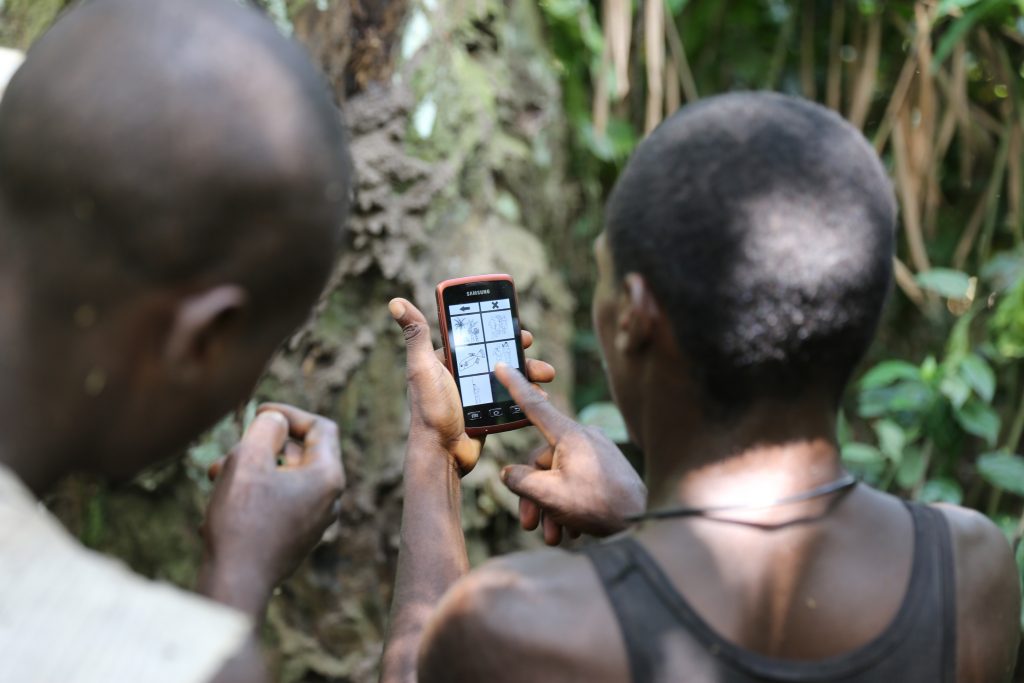The Sapelli platform facilitates data collection across language or literacy barriers through highly configurable icon-driven user interfaces. Sapelli makes as few assumptions as possible about how it is to be used, instead providing an array of features to be chosen for inclusion by the data collector. The platform plays a central role in ExCiteS‘ mission – which is to develop theories, tools and methodologies to enable any community, anywhere to engage in citizen science.
Work started on Sapelli after a review of existing alternatives found that no single platform could previously offer all of the following requirements:
- An uncomplicated method for converting a data model to a data collection interface which is approachable to those without extensive computing experience
- The ability to create completely text-free, hierarchical interfaces as well as more conventional textual forms
- Special considerations for the transmission of data in situations where network connectivity is unstable, slow or expensive
The data collector must first design a model of the data they wish to collect, and then translate this model into a Sapelli project. Sapelli makes this translation easy by offering a bespoke interface for each data type a collector is likely to want to obtain using a mobile platform. The sequence of interfaces that will be presented to the user in the project, and thus also the data model itself, is described in the project’s XML file.
The XML file describing the data model, along with any project-specific resources such as images and sounds, can then be loaded onto Android devices that will be taken into the field. When the time comes to collect data, the project is run using the Sapelli Collector application and the user is presented with a series of interfaces, each corresponding to a point in the data model.
The transmission of complete records is handled autonomously by the Sapelli platform, which periodically checks for connectivity and determines the most appropriate means by which to transmit the compressed data back to the data collection server. Transmission settings can also be configured in the XML file.

